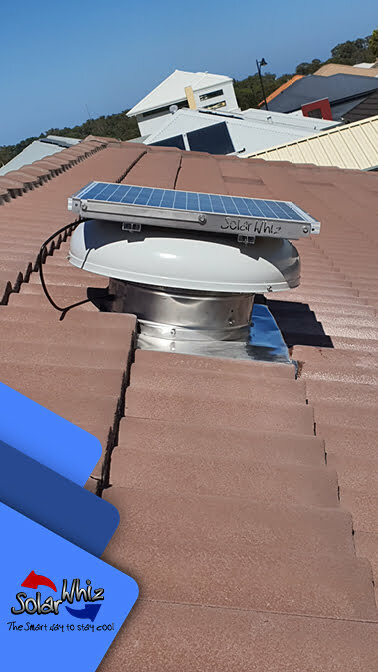Roof ventilation plays a pivotal role in ensuring comfortable and healthy indoor environments, especially in regions with distinct climate challenges. In tropical Australian climates, where high humidity levels are a constant concern, effective roof ventilation becomes an essential factor in maintaining both the structural integrity and inhabitant well-being of buildings. This study aims to delve into the significance of roof ventilation as a solution to mitigate humidity-related issues in these specific climatic conditions.
The Impact of Humidity in Tropical Australian Climates
Tropical regions of Australia are characterised by their warm temperatures and high humidity levels.
Excessive humidity can lead to a range of problems including:
- the growth of mould and mildew
- deterioration of building materials
- and a general sense of discomfort
Relative humidity, which refers to the amount of moisture present in the air compared to the maximum amount the air can hold at a given temperature, plays a crucial role in determining indoor air quality and overall well-being.
Understanding Roof Ventilation
Roof ventilation involves the controlled movement of air between the inside and outside of a building.
The primary goals of roof ventilation include:
- reducing heat buildup
- eliminating excess moisture
- and improving overall air quality.
Different types of roof ventilation systems, such as ridge vents, eave vents, whirlybirds and solar roof vents, work in tandem to facilitate the movement of fresh air while expelling stale, moisture-laden air.
The concept of balanced ventilation emphasises the importance of achieving equilibrium between intake and exhaust airflows to effectively manage humidity.
Roof Ventilation Strategies for Humidity Control
- Ridge Vents and Eave Vents: These passive ventilation systems encourage natural airflow by allowing cooler air to enter through the eave vents and warmer air to exit through the ridge vents, promoting cross-ventilation that aids in humidity control.
Vents like these are important sources of replacement air for ventilation systems but are often ineffective when they don’t have a powered fan working in conjunction with them.
- Solar-Powered Ventilation Systems: Harnessing renewable energy, solar-powered ventilation systems enhance airflow efficiency while minimising energy consumption, making them a sustainable choice for managing humidity. They are also powered fans which means that they can move large amounts of air and have a significant impact on ventilation outcomes.
- Attic Fans: Mechanised solutions like attic fans and whirlybirds are particularly effective in scenarios where natural airflow may be limited. These devices provide consistent air circulation, preventing moisture accumulation.
Attic fans are mechanically powered exhaust fans that usually rely on electricity. This can make them expensive to operate for long periods of time.
- Whirlybirds: Whirlybirds are a form passive ventilation system, requiring no electricity to operate. While they aim to enhance attic ventilation, they heavily rely on external factors like wind to function effectively. This means that in periods of calm weather, they might not provide sufficient air circulation, leading to potential moisture buildup and inadequate heat dispersal. Additionally, their passive nature can result in inconsistent performance, making them less reliable compared to active attic ventilation solutions such as powered exhaust fans.
Benefits of Effective Roof Ventilation in Tropical Climates
- Prevention of Mould and Mildew Growth: Proper ventilation reduces excess moisture, limiting the conditions conducive to mould and mildew development, which can be harmful to both buildings and occupants.
- Improved Indoor Air Quality: Adequate ventilation helps remove pollutants, odours, and stale air, replacing them with fresh outdoor air, thus enhancing indoor air quality and inhabitant comfort.
- Preservation of Building Materials: Excessive humidity can cause materials like wood to swell, warp, or rot. Effective roof ventilation safeguards building integrity by maintaining a balanced environment that prevents moisture-related damage.
- Energy Savings: Proper roof ventilation contributes to energy efficiency by reducing the need for excessive air conditioning use. By controlling indoor temperatures and preventing heat buildup, roof ventilation systems lessen the demand for cooling appliances, leading to reduced energy consumption and utility bills.
A Word From Global Eco & Environmental Solutions
In tropical Australian climates, where humidity can present a range of challenges, roof ventilation emerges as a crucial ally in maintaining the comfort, health, and durability of buildings. The advantages of controlling humidity through efficient ventilation extend beyond preventing structural degradation, encompassing improved air quality and occupant well-being. As we navigate the intricacies of climate challenges, it is imperative that homeowners, builders, and policymakers prioritise the integration of proper roof ventilation strategies in construction and retrofitting projects, ensuring a sustainable and comfortable living environment for all.






